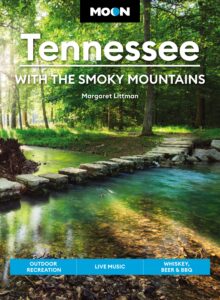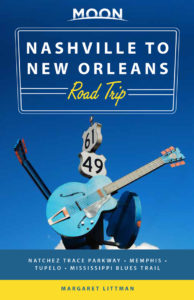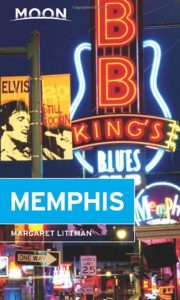Wickliffe to Dyersburg
Skipping from the banks of the Ohio River, the GRR stays with US-51 southbound through small, thoroughly industrial Wickliffe (pop. 664), Kentucky, then takes an attractive 40-mi (64-km) meander away from the rivers through wooded hill country, returning to the edge of the Mississippi at Hickman, 12 mi (19.3 km) from the Tennessee line.
Across from Hickman, on the Missouri side of the river, is the spot where the Army Corps of Engineers blasted a hole in the Mississippi flood wall, taking pressure off the main channel but flooding more than 100,000 ac (40,468 ha) of riverside farmland around the town of New Madrid (pronounced “MAD-rid”). New Madrid, in historical terms, is no stranger to disaster: Besides floods, the town was the epicenter of one of the strongest earthquakes ever to hit the United States, which struck on December 16, 1811. Seismographs weren’t around to measure it, but the quake was felt as far away as Boston, and more than 1,000 aftershocks rattled the region for years.
New Madrid conveniently marks the otherwise invisible line between Kentucky and Tennessee, and from here south the GRR follows Hwy-78 across a 40-mi (64-km) stretch of low-lying bottomlands, passing the roadhouse bars and bait shops near Reelfoot Lake, a 25,000-ac (10,117-ha) state park and wildlife refuge created by the New Madrid earthquake. At Dyersburg (pop. 16,389), self-described as “friendly, God-fearing, and patriotic citizens living and enjoying big-city conveniences,” the Great River Road jumps onto US-51, and from here south to Memphis the route does its level best to mimic an interstate, rendering the final 75 mi (121 km) a forgettable blur.
Related Travel Guides
Map of the Great River Road in Tennessee

















